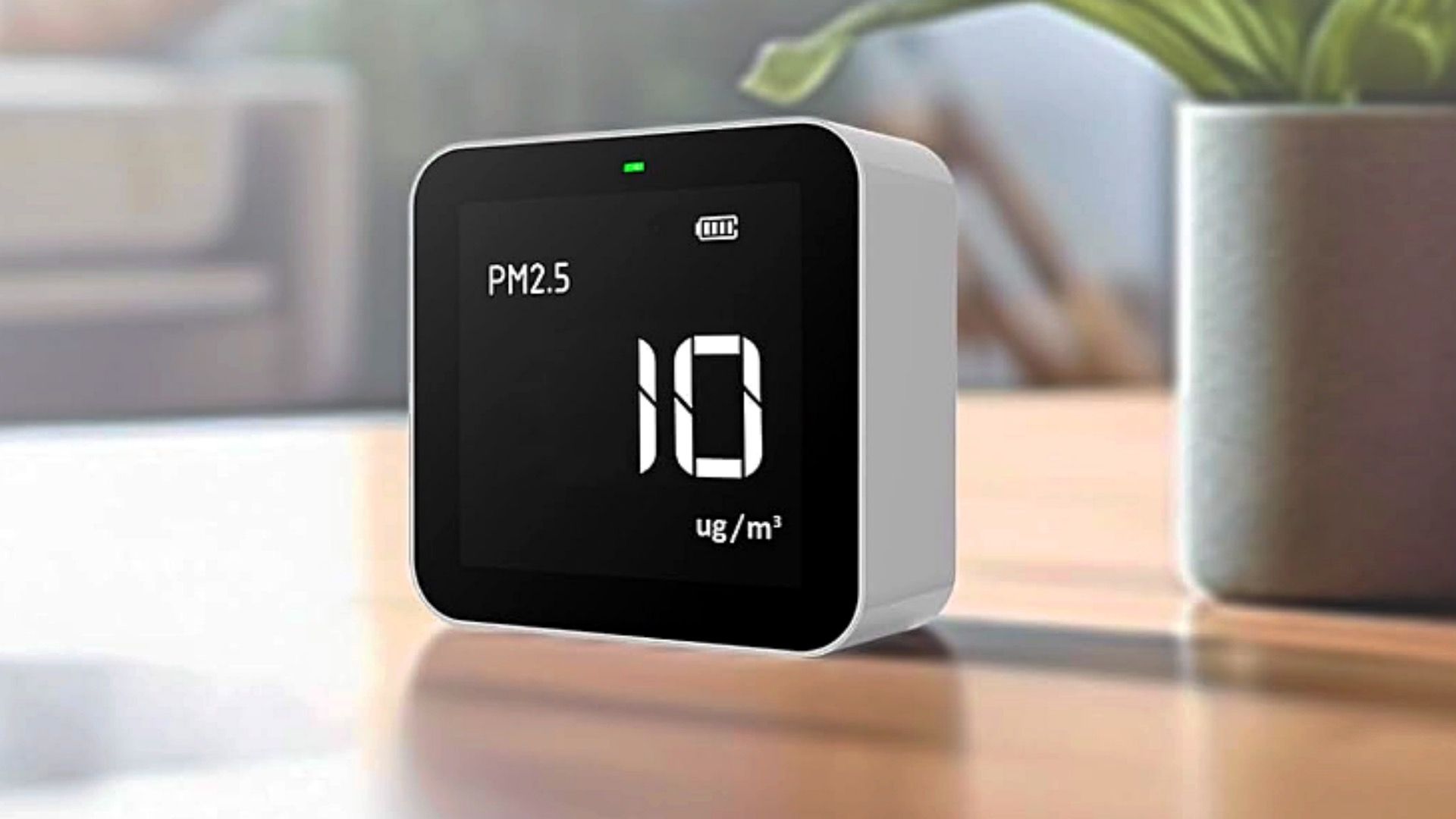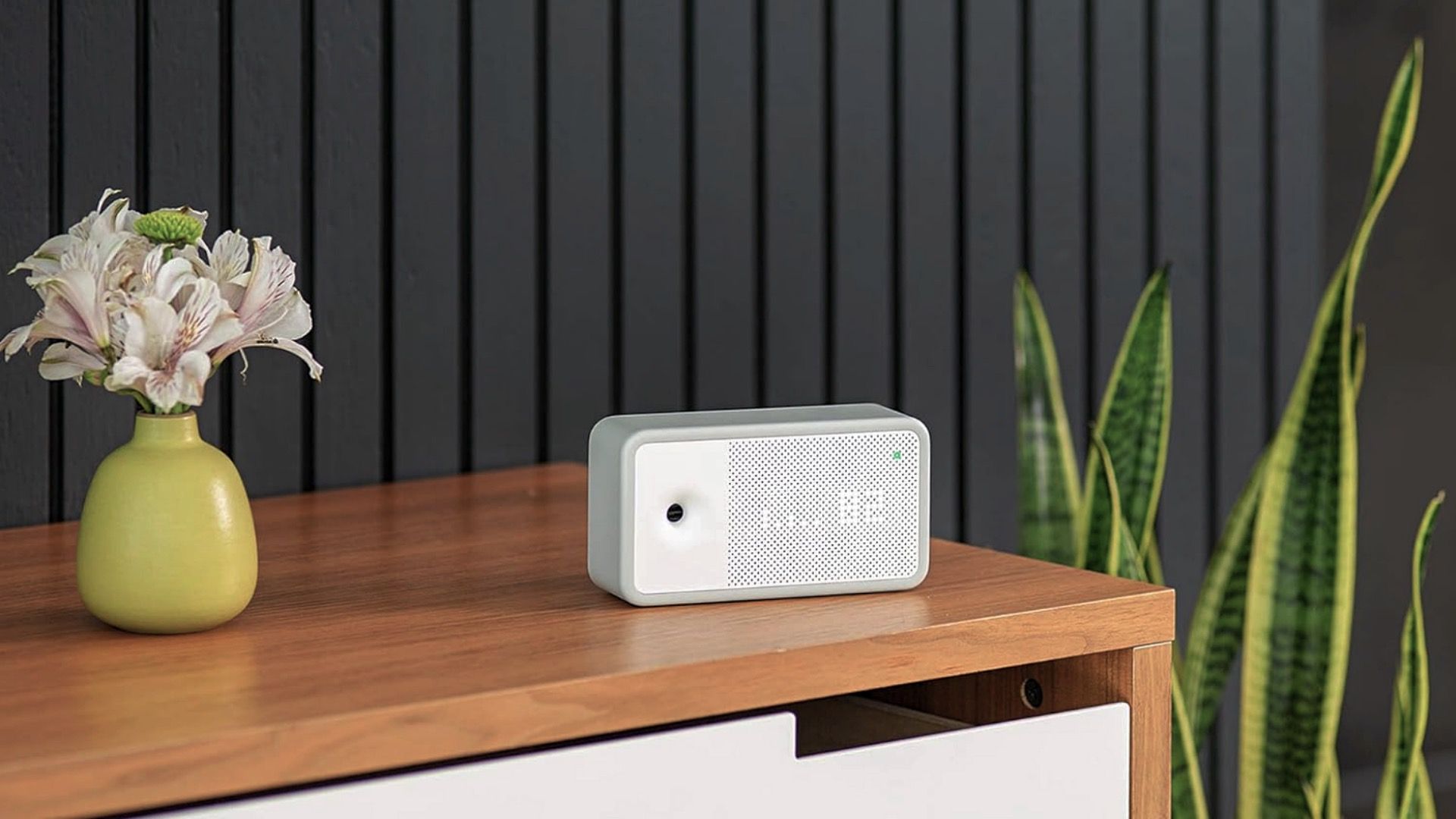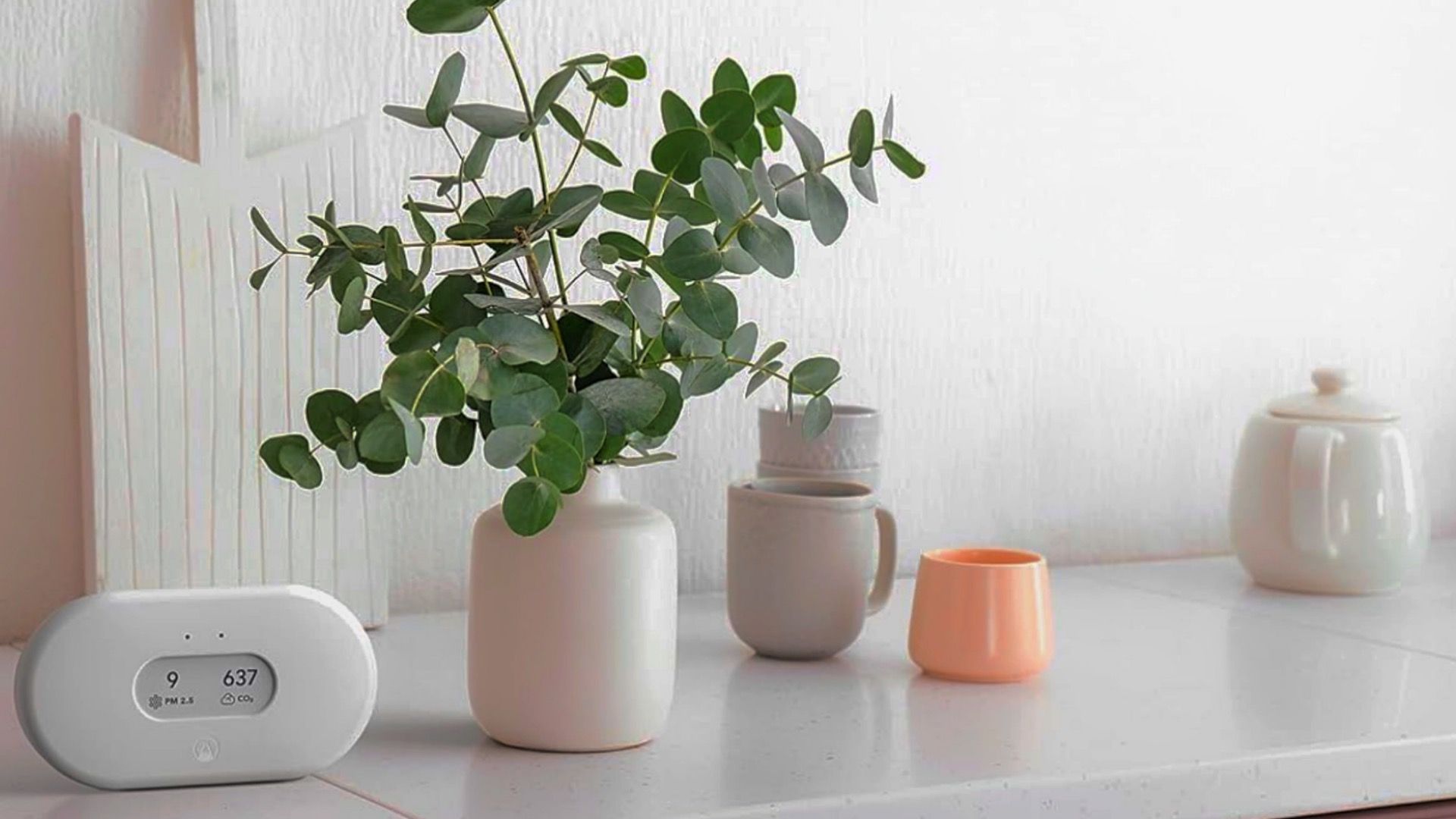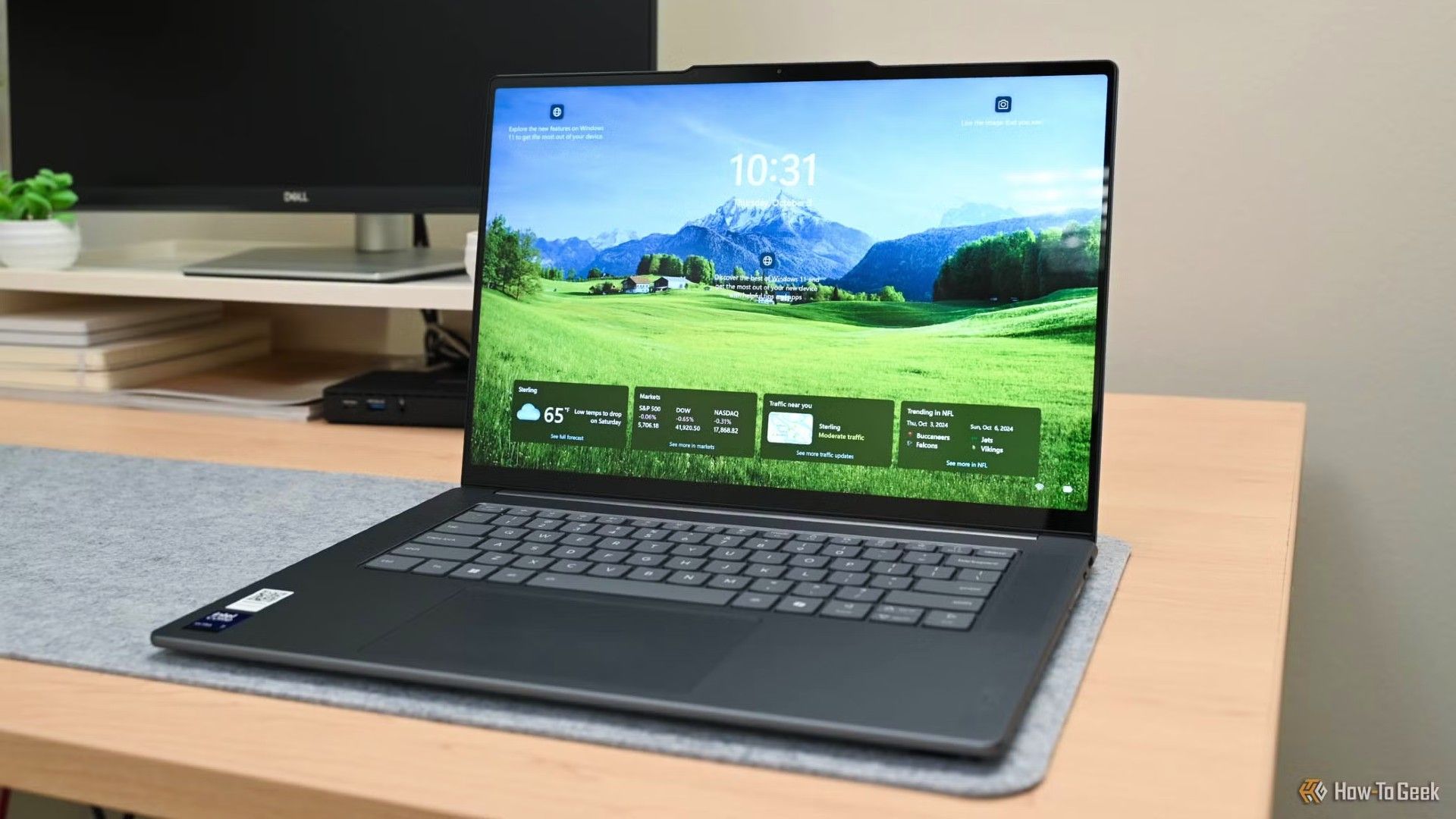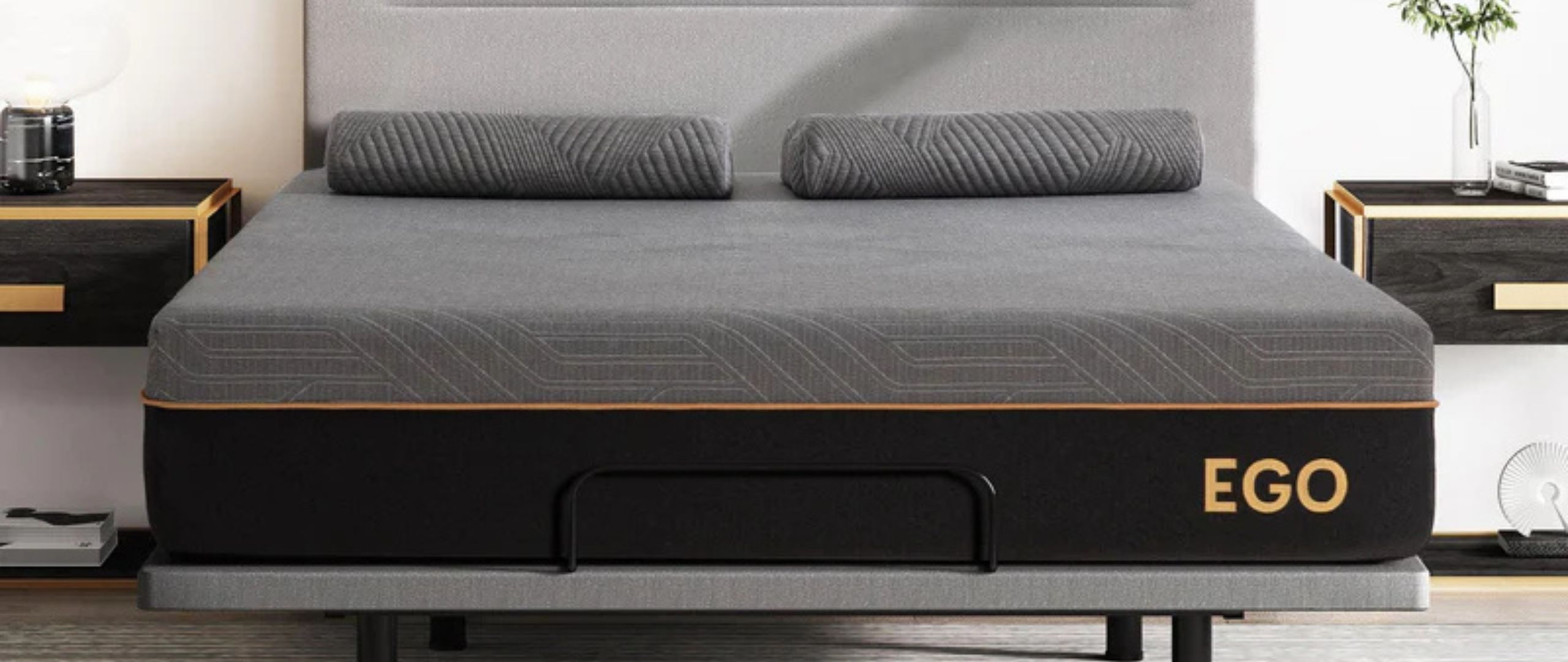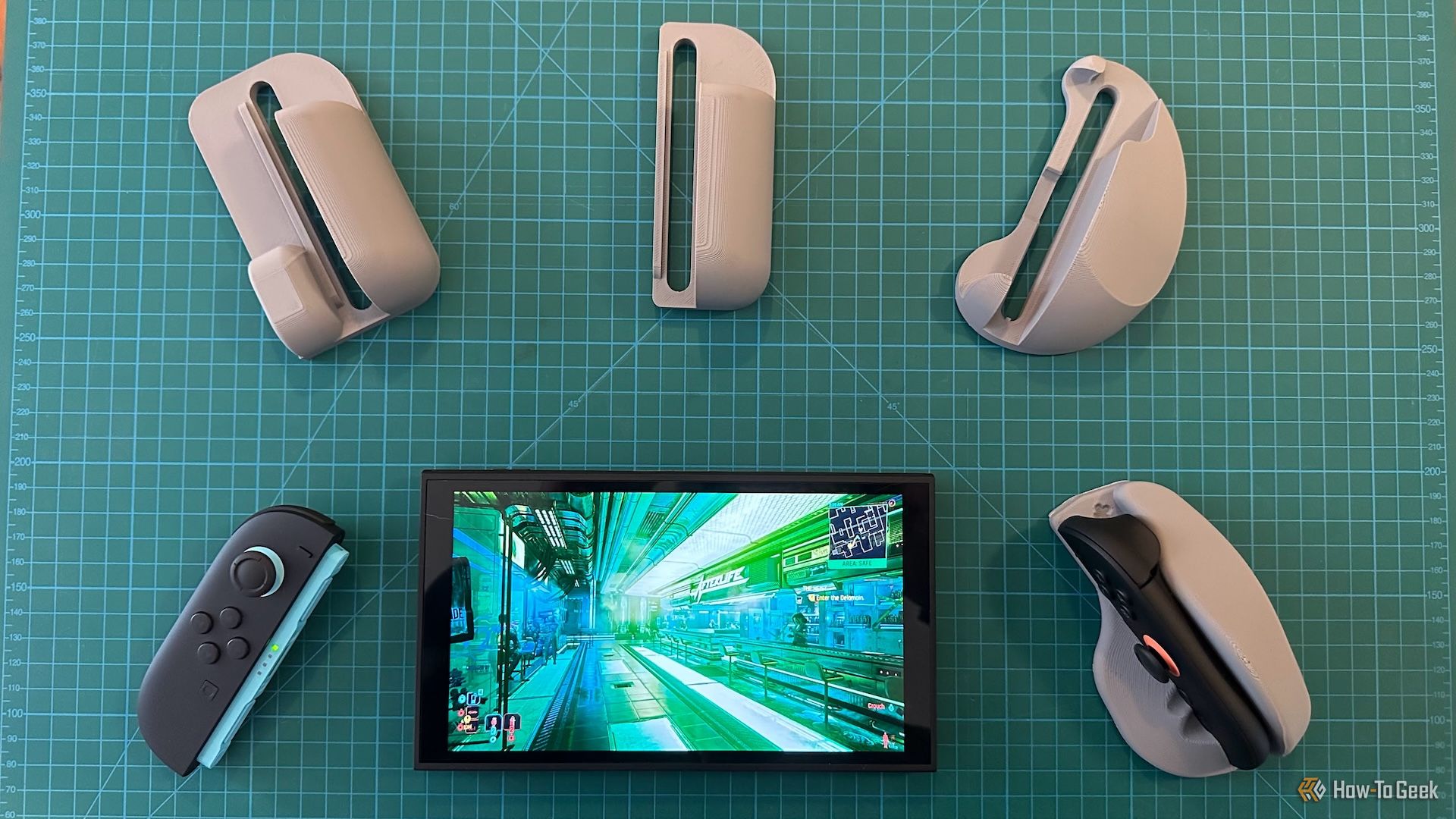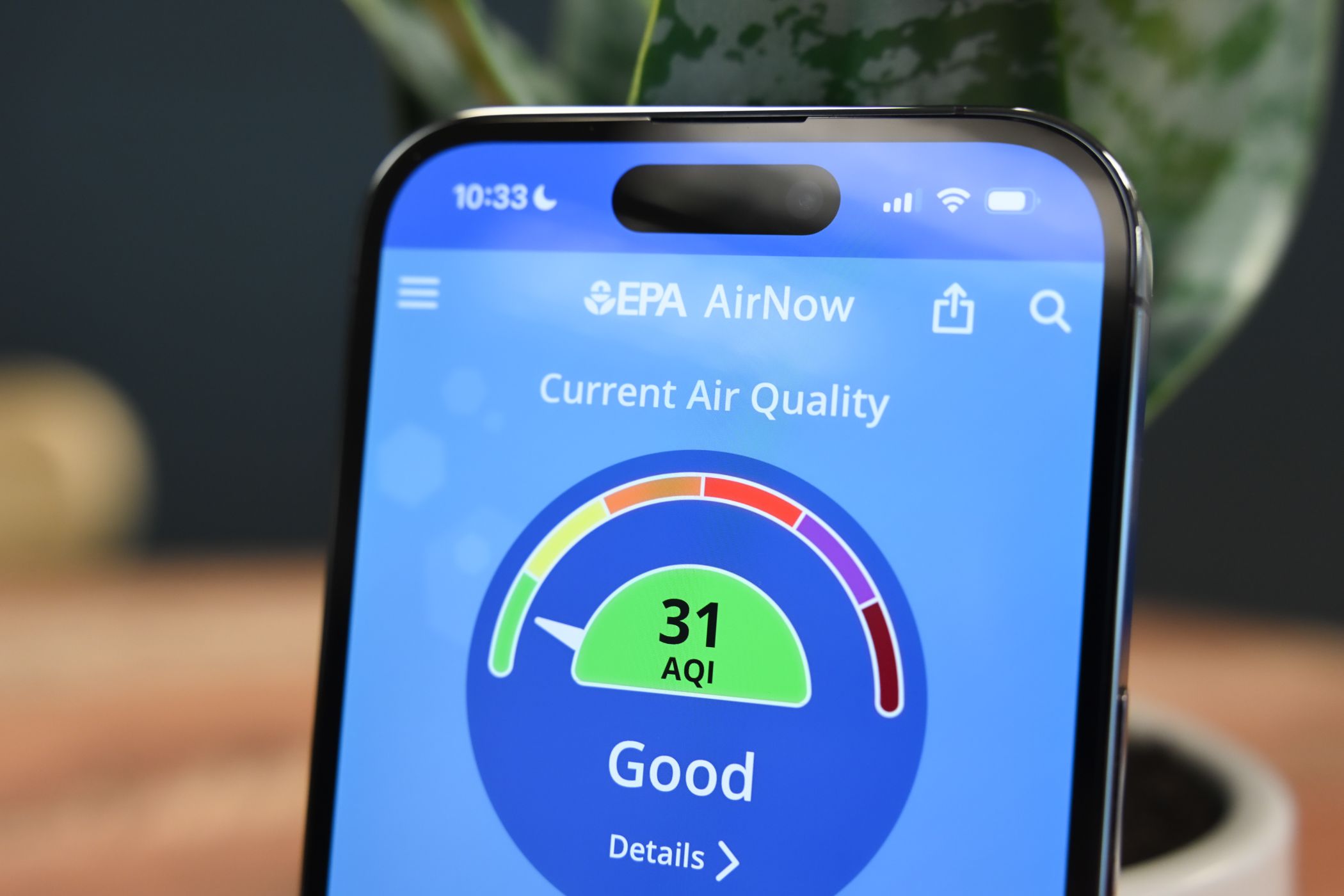
Air quality monitors detect pollutants and deliver real-time data to help you make smarter ventilation decisions and reduce exposure to harmful particles. They play a key role in creating a safe and healthy home for you and your family.
What to Look for When Buying an Air Quality Monitor
There are several factors to consider before buying an air quality monitor. First, you should consider whether one is worth having for your needs. If so, you need to buy a model that delivers accurate and reliable data, whether you’re monitoring indoor or outdoor air quality or looking to measure specific pollutants. Some monitors are designed to detect only one or two types of pollutants, with the most common detector being that for PM2.5 (fine particulate matter). Others focus on detecting gases like carbon dioxide or volatile organic compounds (VOCs), while some combine air pollution tracking with environmental factors such as humidity and temperature. High-end models may offer a broader range of detection, including PM1, PM10, formaldehyde, radon, and ozone.
Some use high-precision laser-based sensors to detect particulate matter, while others rely on electrochemical sensors for gas detection, which may require periodic calibration. Read reviews and ensure the monitor you buy provides accurate real-time readings and supports automatic calibration. The latter helps maintain accuracy and reduces the need for maintenance.
A good air quality monitor should provide real-time data with frequent updates so that you can react quickly to pollution spikes. Historical data tracking is another useful feature. It can help you to identify long-term trends and pinpoint pollution sources. Your monitor should store at least a few days’ worth of data, but some will keep weeks, months, or even a year’s worth of history to help you with ventilation and filtration decisions or even improve any bad indoor habits.
Some monitors work as standalone devices, while others sync with mobile apps or smart home systems. If your monitor is Wi-Fi enabled, you can view readings remotely or receive real-time alerts. You can even integrate some with smart home assistants like Alexa for automated actions like turning on the air purifier when levels in the home get too high.
The app interface and the physical monitor’s display, if it has one, should be clear and easy to navigate. Some models feature LCD screens, while others rely solely on mobile or desktop interfaces. Some offer touchscreens, which are easier to use. Others have physical buttons, which can be finicky and feel outdated. For simple, at-a-glance readings, you can choose a monitor with a color-coded LED that indicates pollution levels.
A Power source is another factor for consideration, especially if you seek a portable monitor. Some are simple plug-and-play devices, while others have rechargeable batteries that enable portability between rooms.
However, all this is on a feature-to-cost ratio. Budget monitors will be more limited in what they can track, while more expensive options will offer broader pollutant detection, historical data, and smart home integration. So, it’s down to you and what you consider essential features. If you’re happy with a simple PM2.5 sensor, you can find some excellent value.
|
How Did We Research |
||
|
Models Evaluated |
Hours Researched |
Reviews Analyzed |
|
12 |
3 |
12 |
How-To Geek’s product recommendations come from the same team of experts that have helped people fix their gadgets over one billion times. We only recommend the best products based on our research and expertise. We never accept payment to endorse or review a product. Read More »
|
Pros |
Cons |
|---|---|
|
Features an accurate CO2 sensor |
Physical button navigation feels dated |
|
Customizable alerts |
The screen shows only one metric at a time |
|
Local data storage for one year |
No VOC or radon detection |
|
Outdoor air quality integration |
|
|
Temperature and humidity monitoring |
For anyone who prioritizes detailed and accurate air quality monitoring at home or in the office, the IQAir AirVisual Pro offers precise sensors for a variety of pollutants. Continuous monitoring of PM2.5, CO2, and other contaminants is reliable. However, it does not detect VOCs or radon.
Safety alerts are sent to your smartphone, and you can review historical reports in the app to help you track trends over time. Data is comprehensive and precisely displayed, allowing you to track specific pollutants and their fluctuations throughout the day, wherever you are.
The AirVisual Pro syncs the data to the app on smartphones, tablets, or desktops, giving you detailed metrics on an intuitive interface, no matter your device. Reviewing real-time and historical data is easy, while you can also compare indoor and outdoor air quality if you sync it with the AirVisual Outdoor or a public AQI station.
The app compensates for the physical display’s limitations. While the 5-inch display is clear and provides instant air quality readings, it lacks a touchscreen. This can lead to frustration when trying to navigate menus with its four physical buttons. Additionally, the monitor works best when plugged in, as its battery life is somewhat limited. It can run for a few hours, which is useful for spot-checking different rooms, but it isn’t designed for extended portable use. However, it does store data internally, so readings won’t be lost if Wi-Fi is temporarily unavailable.
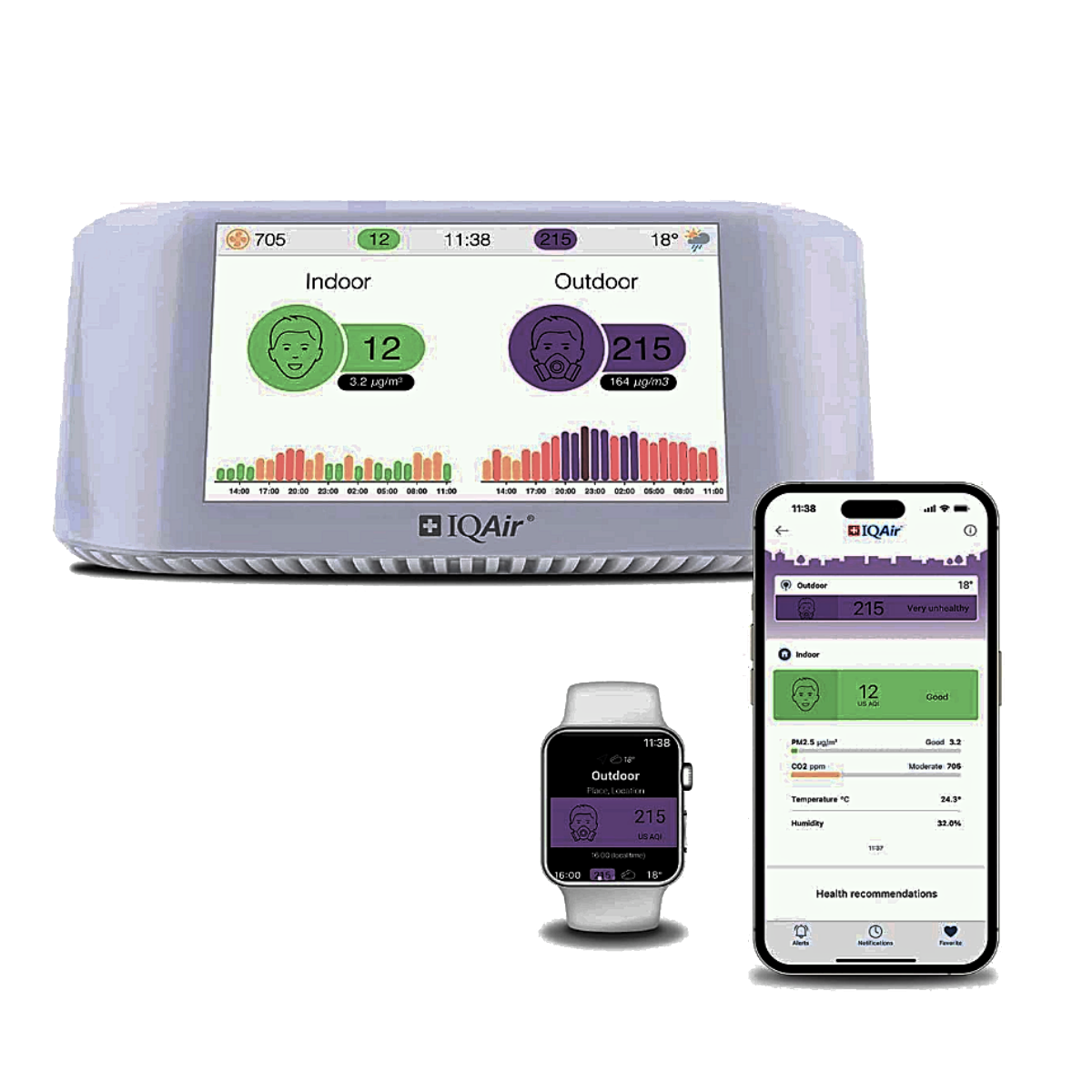

Best Air Quality Monitor Overall
IQAir AirVisual Pro
The IQAir AirVisual Pro stands out as the best with its pro-grade accuracy, real-time tracking, and a powerhouse app that delivers crystal-clear air quality insights at a glance.
Best Budget Air Quality Monitor: Temtop P10
|
Pros |
Cons |
|---|---|
|
Affordable |
Limited Functionality |
|
Compact and Portable |
No Wi-Fi or App Connectivity |
|
User-Friendly |
Only measures PM2.5 and AQI |
|
HCHO sensor with auto-calibration |
|
|
Good battery life (up to 60 days) |
Air monitoring need not be a pricey affair, especially if you just want a simple entry-level device. The Temtop P10 proves this beyond doubt. It’s a small, portable, and basic air quality monitor that is simple to use with its single-button on/off operation. This button also doubles as a control for switching between PM2.5 and Air Quality Index (AQI) readings, or you can just set it to auto-loop. It also features a multicolored LED as an additional air quality indicator.
In addition to PM2.5 and AQI, it’s also equipped with a formaldehyde (HCHO) sensor, which includes a calibration function for more accurate readings over time. This is particularly useful for new homeowners because HCHO is commonly found in new furniture, flooring, and building materials.
If readings are above preferred levels, homeowners can ventilate rooms more often or introduce devices like air purifiers and dehumidifiers to control emissions. It also offers VOC monitoring and automatic calibration is available for both HCHO and VOC, and you can also export data via Bluetooth from all the sensors to track air quality trends and make informed decisions.
As it focuses on PM2.5 and AQI, the P10 is only suitable for general indoor air quality assessment. If you want something a little more advanced yet still in the affordable price range, the Temtop M10 provides more comprehensive monitoring.
If you want to step up to even more advanced levels while still staying pocket-friendly, you could consider the Temtop M10i. This monitor adds Wi-Fi connectivity and iOS and Android app integration. It retains the same sensors as the M10 but is more suitable for monitoring data remotely.
Lastly, the Temtop M10+ is the most feature-laden in the series. It adds a CO2 sensor (although it omits HCHO monitoring) and an E-ink display while delivering a significantly better battery life of up to 60 days. While it is the most expensive in the series, it does still fall into the budget-friendly price range.
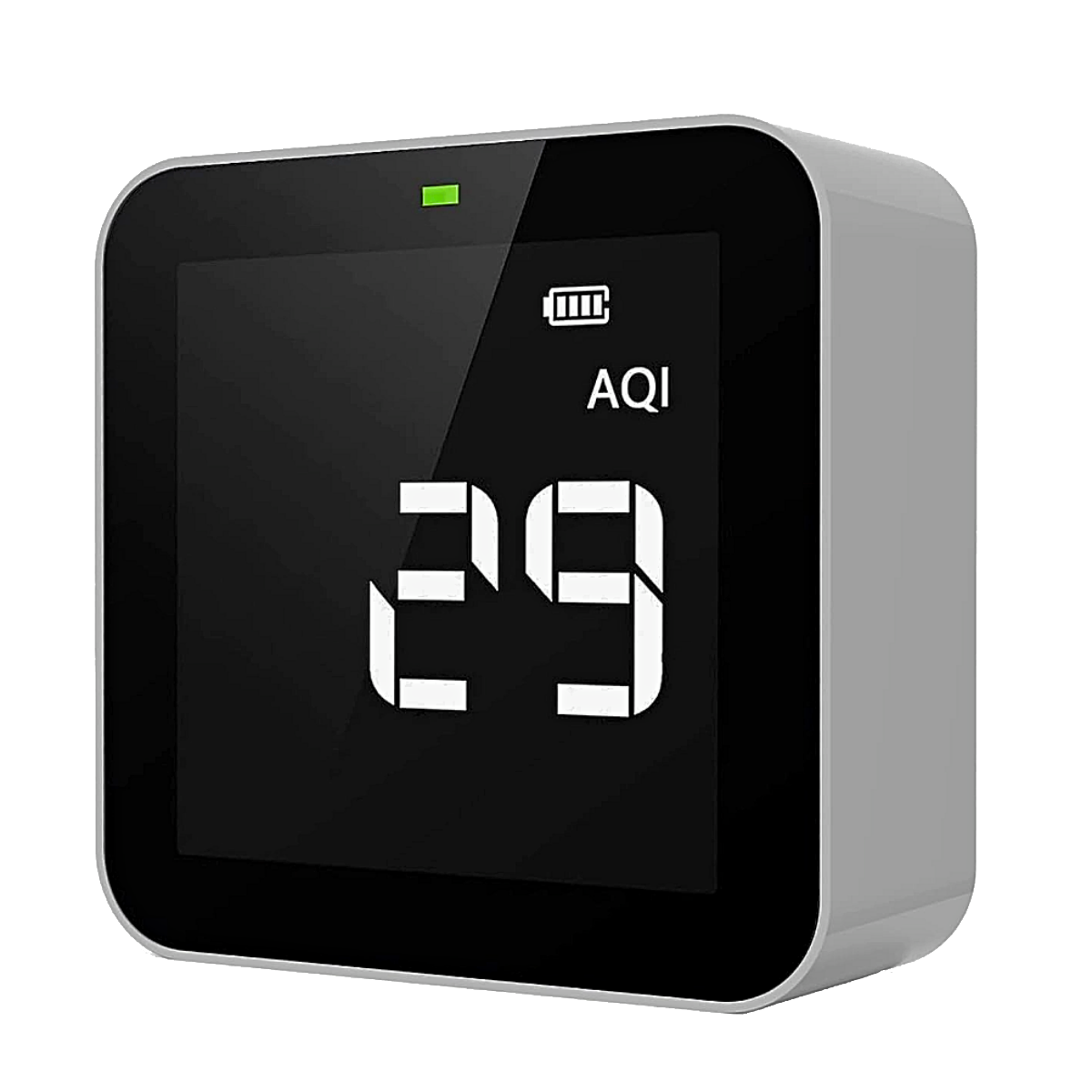

Best Budget Air Quality Monitor
Temtop P10
The Temtop P10 offers an affordable, straightforward solution for indoor air quality monitoring. It focuses on essential PM2.5 and AQI readings and has a user-friendly design.
Best Smart Air Quality Monitor: Awair Element
|
Pros |
Cons |
|---|---|
|
Accurate, high-quality sensors |
Occasional app slow-down |
|
Alexa and Google Assistant integration |
App omits features like graph zoom |
|
Intuitive app |
No battery |
|
Elegant, lightweight design with LED display |
TVOC sensor doesn’t identify specific VOCs |
For tech-savvy homeowners who need reliable air quality monitoring and integration with smart home devices, the Awair Element is one of your best choices. It offers accurate sensor readings with comprehensive app connectivity, and its lightweight plastic build makes it highly portable.
However, the lack of a battery does limit placement options. But this monitor uses premium sensors built by renowned manufacturers, such as Amphenol Telaire’s CO2 and Honeywell’s laser-based PM2.5 sensors, to give the accurate readings you need.
The temperature and humidity sensors do not require manual calibration, and the CO2 sensor uses automatic baseline calibration (ABC), which runs every 14 days. However, TVOC levels are grouped together rather than identified as specific chemicals. This may not be ideal for some users, as it doesn’t help to identify which VOCs may be causing harm. Additionally, the sensor is optimized for detecting PM2.5, and while it can detect PM10, this data is not displayed in the app.
You can connect the Awair Element using Wi-Fi or Bluetooth, and it integrates with Alexa and Google Assistant for voice control. You’ll find real-time tracking and tips in the Awair Home app, which extends the device display with detailed historical graphs, an overall Awair Score, and sensor-specific views. Advanced functions like the Awair API and data export are also available for power users.
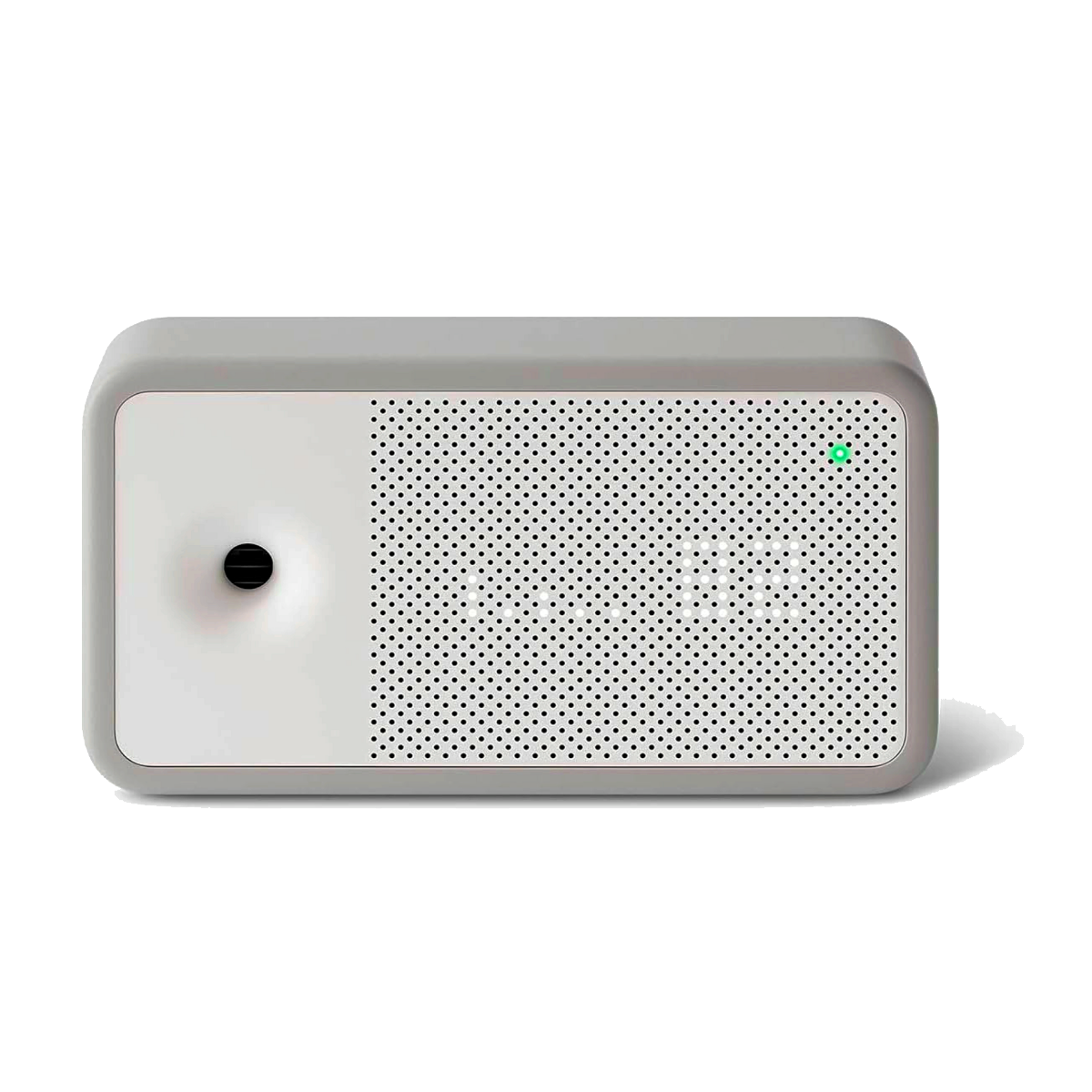

Best Smart Air Quality Monitor
Awair Element
The Awair Element is a highly accurate air quality monitor with a sleek, lightweight design. Alexa and Google Assistant integration make it a good choice for smart homes, and the user-friendly, feature-rich app offers reliable real-time data and remote monitoring.
Most Comprehensive Air Quality Monitor: Airthings View Plus
|
Pros |
Cons |
|---|---|
|
Good entry-level choice for beginners |
Small Screen |
|
Comprehensive sensor suite |
Lacks backlighting |
|
Intuitive app and detailed web dashboard |
No Manual Calibration |
|
Battery or USB-C Powered |
|
|
Long Battery Life |
The Airthings View Plus is an excellent option for anyone who wants a comprehensive sensor suite and a straightforward, user-friendly experience. While lacking in complex features, its simple, minimalist aesthetics of a matte white finish, compact dimensions, and a 2.9-inch E-ink screen ensure it looks sleek and integrates well into small spaces. Some may prefer a larger and brighter screen, but it is readable. However, the lack of a backlight means it cannot be set up in dark places, although an LED does helpfully change color to indicate air quality.
The screen shows two readings from various sensors simultaneously. You can customize which readings you want displayed initially and wave your hand in front of the screen to scroll through other data. It has a total of seven sensors that read levels of carbon dioxide, PM2.5, and VOCs. There are also sensors to measure air pressure, temperature, and humidity to control mold growth, mildew, and dust mites. Last, a radon sensor detects this colorless, odorless radioactive gas that is a leading cause of lung cancer and lung tissue damage.
Readings are generally accurate, leaning more toward the cautious side for safety. However, it is important that the Airthings View Plus is placed in a well-ventilated area for accurate readings. Without regular exposure to fresh air, the device’s automatic calibration might set an inaccurate baseline, causing it to misjudge the air quality and give misleading readings.
The device takes six AA batteries that deliver up to two years of life, or you can power it using a USB-C cable. It’s ideal for sitting on an office desk or mounting on a wall, but it does require a Wi-Fi connection to fully function. It will still record data without one, but it won’t be able to sync it to the Airthings app or web dashboard, thus limiting access to alerts and historical data. The app is available for Android and iOS, and you can access your dashboard via a web browser, providing a more detailed analysis.
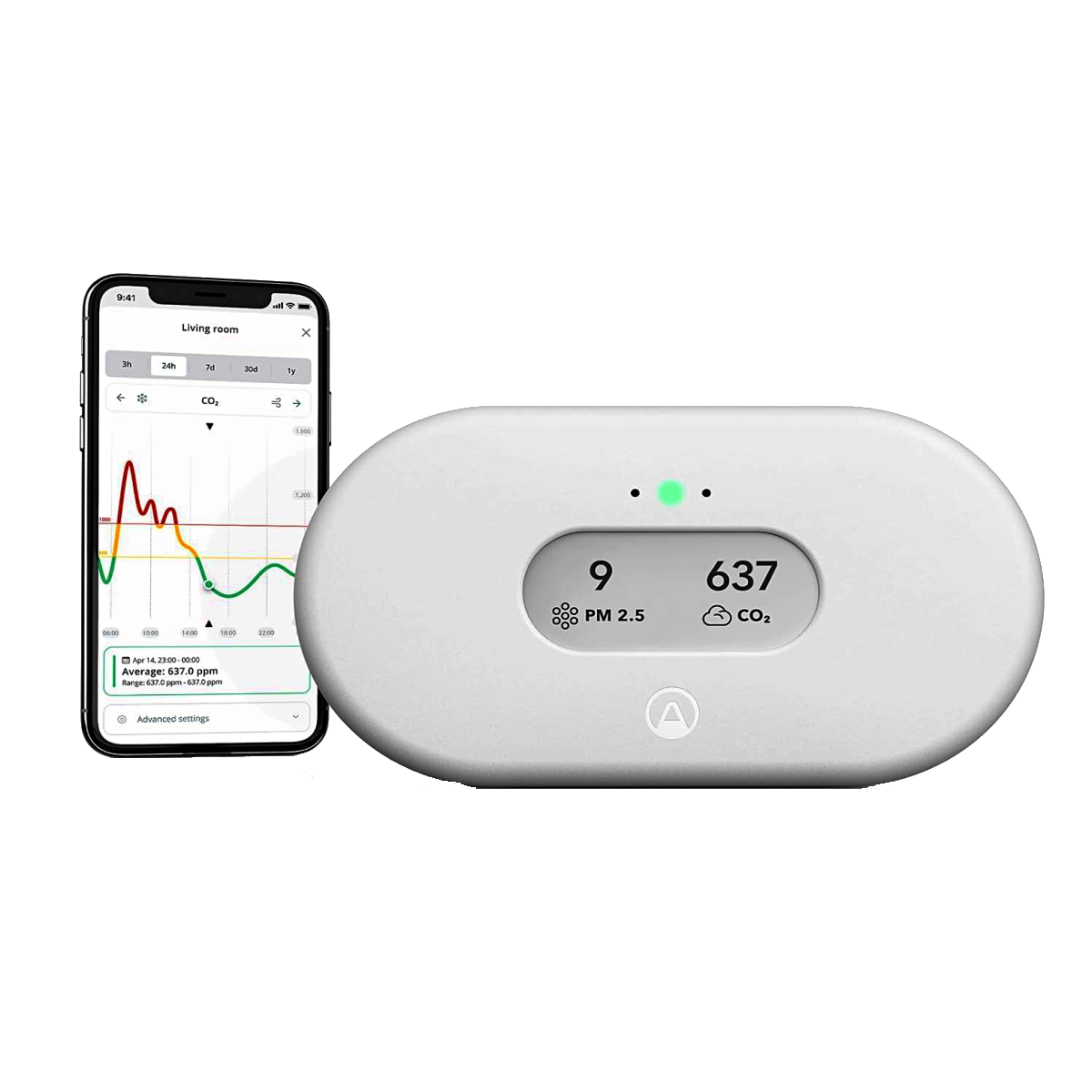

Most Comprehensive Air Quality Monitor
Airthings View Plus
Those who prioritize reliability and ease of use in maintaining a healthier indoor environment should consider the Airthings View Plus. With real-time tracking of CO2, PM2.5, VOCs, radon, and other environmental factors through its intuitive app or web dashboard, it’s a comprehensive addition to any home or office looking for insights into air quality.
FAQ
Can air quality monitors detect air quality outdoors?
Yes, some air quality monitors can detect outdoor air quality. However, not all models are designed for outdoor use. As the name suggests, indoor air quality monitors are optimized for measuring pollutants indoors. They likely won’t withstand outdoor conditions like extreme temperatures, humidity, or direct sunlight. For outdoor air monitoring, devices like the IQAir AirVisual Outdoor are better suited as they are weatherproof and designed to handle environmental exposure.
Do air quality monitors detect mold?
Air quality monitors can detect airborne particles that may include mold spores. While their laser sensors can measure particulate matter, they cannot distinguish mold from other particles or identify specific mold species. Additionally, some mold spores may not register if they don’t fall within the PM10 or PM2.5 size categories.
What is AQI?
AQI is an acronym for Air Quality Index. It is the Environmental Protection Agency’s (EPA’s) 0-300+ scale for reporting on air quality. Values below 100 indicate satisfactory air quality, while higher values indicate increasingly unhealthy conditions. It measures five major pollutants: ground-level ozone, particle pollution (PM2.5 and PM10), carbon monoxide, sulfur dioxide, and nitrogen dioxide. You can check your local AQI on Android or iOS to gauge whether you should take precautions to protect your health.
Source link


